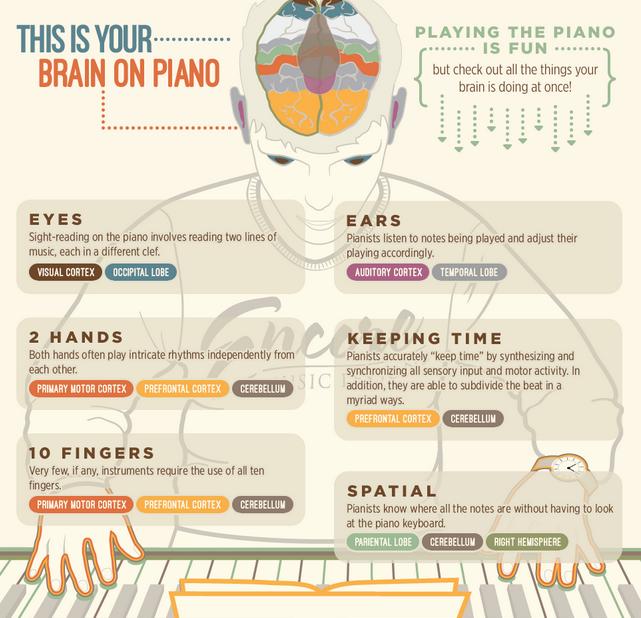
Some exercises are for centering, some are for focusing, and some are to correct laterality (right/left) problems. On the premise that learning isn’t an isolated brain function, and that our bodies are as much a part of the learning process as the brain, he concludes, “movement the door to learning”.īrain Gym is a set of 26 simple, powerful activities designed to make it easier for people to relax, focus, practice attentiveness to their surroundings, and control impulses while strengthening the neural connections throughout the entire brain. He calls this experience being ‘switched off’, and created Brain Gym exercises to switch the brain back on and get it working in an integrated way again. Dennsion worked as a public school teacher and reading specialist until he discovered a trend - when children or adults are under stress, certain parts of their brains become less active. The word ‘kinesiology’ means movement and educational kinesiology simply means “learning through movement.”īrain Gym was created in the 1980’s by Dr. “Educational Kinesiology” (or Brain Gym) might be one way to jumpstart your innate curiosity and your natural tendency to learn. So if learning doesn’t feel as effortless for you - maybe it’s time to rediscover the joyride (especially since it’s a process that continues throughout life!). When we get a little older, we can start to forget the joy inherent in learning something new. Observe any infant or toddler and you will be amazed at how quickly and effortlessly they can absorb so much.

Stimulate the brain, see there such a thing as enjoyable learning? We often believe yes, but only sometimes and only for some people.īut shouldn’t learning be always learning fun and easy? After all, it’s a process we take to naturally. For more information about music therapy and music’s power to Studies show that gait training that uses music improves walking speed and coordination for people with Parkinson’s.īrey reminds us that music can also have a beneficial influence on healthy brains. Music with a strong, rhythmic beat can stimulate motor control, movement and coordination. In a person with Parkinson’s, the part of the brain that organizes thoughts and movements into action is damaged. In a different manner, music therapy can assist those with Parkinson’s disease. The ability to retrieve some memories can be comforting to people with dementia.

Listening to music, therefore, can indirectly stimulate the recall of memory fragments that otherwise could not be retrieved. Musical memories, however, are associated not only with the music itself but also with the circumstances surrounding the musical experience. For example, in a person with Alzheimer’s disease, the section of the brain that allows direct recall of memories is damaged. Music therapy works by stimulating parts of the brain that are associated with music, explains Concetta Tomaino, director of Beth Abraham Hospital’s Institute for Music and Neurological Function, a center that integrates neurological, rehabilitative and music–brain research. And if the connections to one area are damaged due to neurological diseases, then other connections can be coaxed into play-sometimes in pretty creative ways.” “In part,” Brey says, “ because the brain is a very large and complicated network with the potential for rewiring. More and more studies are substantiating that the brain has tremendous potential for recovery.

BRAIN GYM MUSIC MOVIE
Studies show that music therapy, pioneered by Oliver Sacks, MD, and popularized in the movie Awakenings, helps to treat patients with neurological conditions by stimulating the brain to change. Brey, MD, editor in chief of Neurology Now (November–December 2006 issue).

BRAIN GYM MUSIC HOW TO
Owing to the strength of the research evidence, clinical training is now being offered to teach specialists how to use music therapy, according to Robin L. Listening to music stimulates the brain and the body-mind connection and can reactivate speech centers of the brain, prompt memory and improve gait and coordination.


 0 kommentar(er)
0 kommentar(er)
